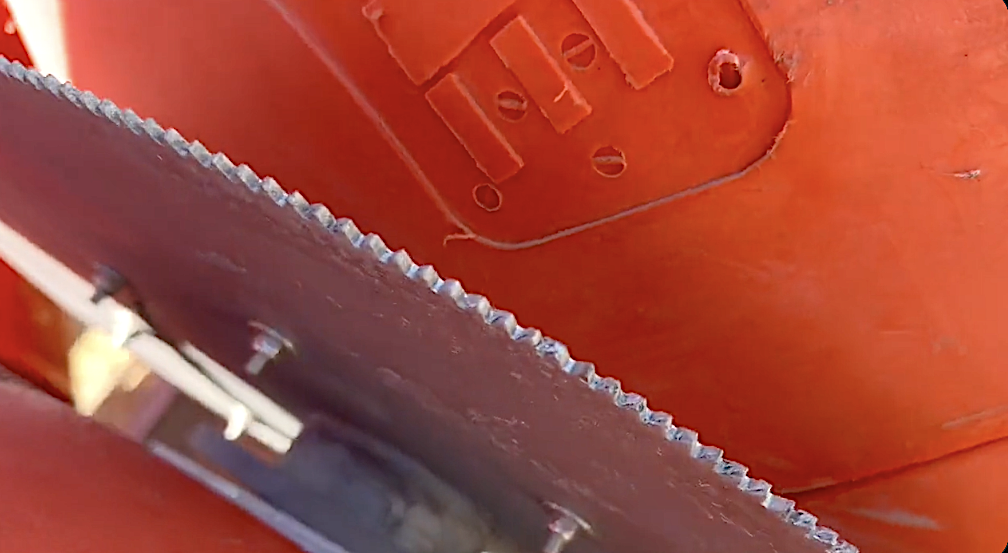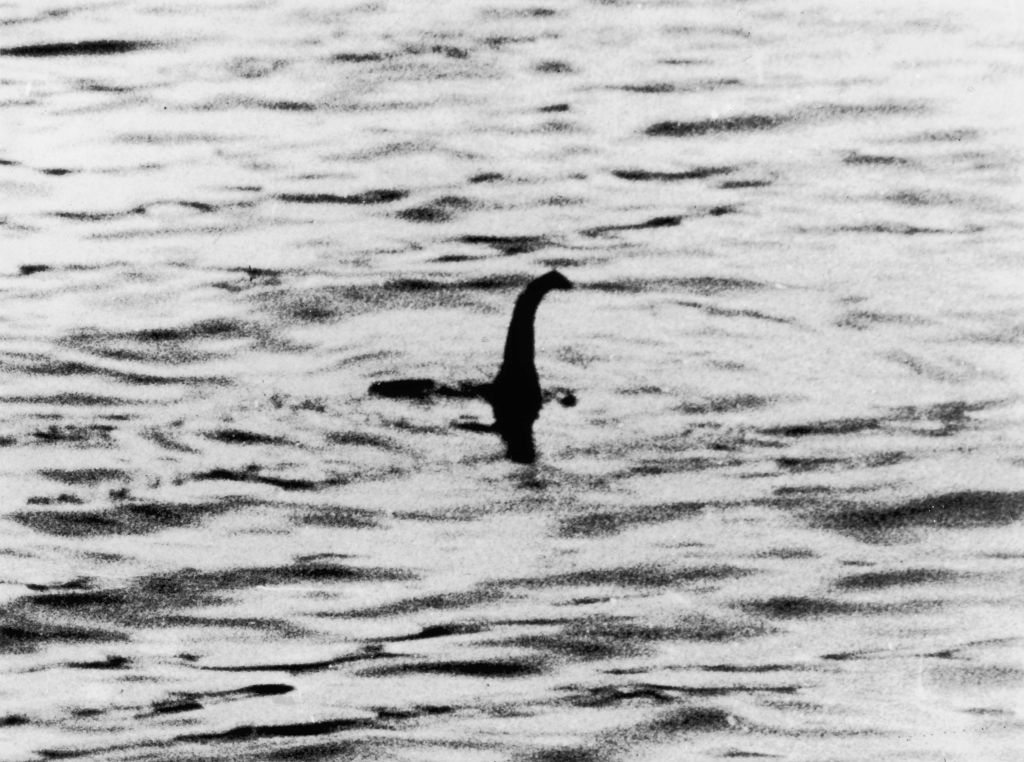Archaeologists discover 3,000-year-old tomb of Pharaonic queen


Egypt's Ministry of Antiquities has announced the discovery of a queen's tomb from ancient Egypt's Ramesside period.
A team of Egyptian and French archaeologists accidentally found the Pharaonic tomb in the walls of the Ramesseum temple complex, on the west bank of Luxor. The Ramesseum was a memorial temple for Ramesseum II, the third pharaoh of Egypt's 19th dynasty. During the Ramesside period, which lasted from 1314 B.C.E. to 1085 B.C.E., there were 11 Egyptian kings named Rameses.
Fragments of 20 funerary statues found in the tomb were inscribed with the name "Karomama." The researchers are now working to figure out who the queen was and which pharaoh was her husband. Archaeologists believe "Karomama" may refer to the wife of Pharaoh Osorkon II, from Egypt's 22nd dynasty.
The Week
Escape your echo chamber. Get the facts behind the news, plus analysis from multiple perspectives.

Sign up for The Week's Free Newsletters
From our morning news briefing to a weekly Good News Newsletter, get the best of The Week delivered directly to your inbox.
From our morning news briefing to a weekly Good News Newsletter, get the best of The Week delivered directly to your inbox.
Whoever the tomb's resident was, the researchers know she was a queen, because the tomb also bears the inscription "the divine wife of God Amun," a title only given to royal wives.
A free daily email with the biggest news stories of the day – and the best features from TheWeek.com
Meghan DeMaria is a staff writer at TheWeek.com. She has previously worked for USA Today and Marie Claire.
-
 How drones have detected a deadly threat to Arctic whales
How drones have detected a deadly threat to Arctic whalesUnder the radar Monitoring the sea in the air
-
 A running list of the US government figures Donald Trump has pardoned
A running list of the US government figures Donald Trump has pardonedin depth Clearing the slate for his favorite elected officials
-
 Ski town strikers fight rising cost of living
Ski town strikers fight rising cost of livingThe Explainer Telluride is the latest ski resort experiencing an instructor strike
-
 Nobody seems surprised Wagner's Prigozhin died under suspicious circumstances
Nobody seems surprised Wagner's Prigozhin died under suspicious circumstancesSpeed Read
-
 Western mountain climbers allegedly left Pakistani porter to die on K2
Western mountain climbers allegedly left Pakistani porter to die on K2Speed Read
-
 'Circular saw blades' divide controversial Rio Grande buoys installed by Texas governor
'Circular saw blades' divide controversial Rio Grande buoys installed by Texas governorSpeed Read
-
 Los Angeles city workers stage 1-day walkout over labor conditions
Los Angeles city workers stage 1-day walkout over labor conditionsSpeed Read
-
 Mega Millions jackpot climbs to an estimated $1.55 billion
Mega Millions jackpot climbs to an estimated $1.55 billionSpeed Read
-
 Bangladesh dealing with worst dengue fever outbreak on record
Bangladesh dealing with worst dengue fever outbreak on recordSpeed Read
-
 Glacial outburst flooding in Juneau destroys homes
Glacial outburst flooding in Juneau destroys homesSpeed Read
-
 Scotland seeking 'monster hunters' to search for fabled Loch Ness creature
Scotland seeking 'monster hunters' to search for fabled Loch Ness creatureSpeed Read
